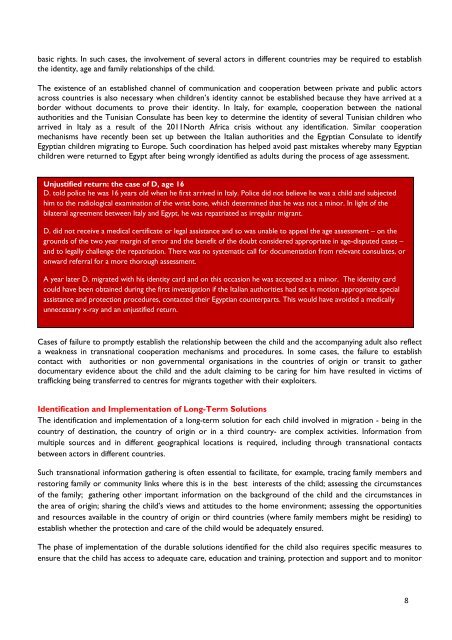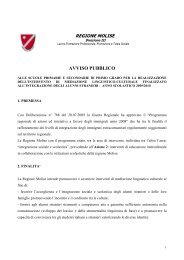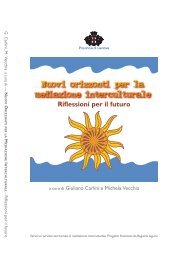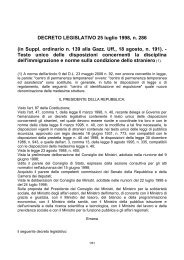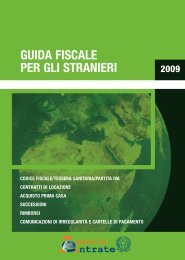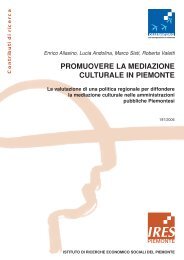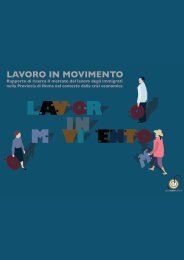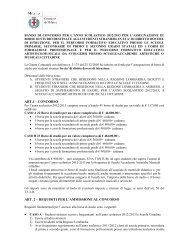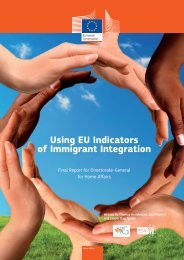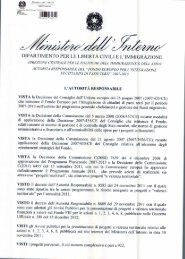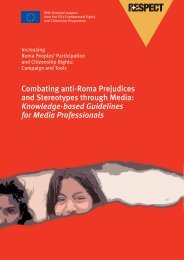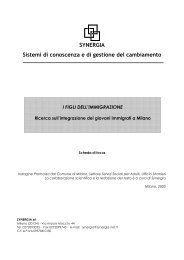1 - Office of the High Commissioner for Human Rights
1 - Office of the High Commissioner for Human Rights
1 - Office of the High Commissioner for Human Rights
Create successful ePaper yourself
Turn your PDF publications into a flip-book with our unique Google optimized e-Paper software.
asic rights. In such cases, <strong>the</strong> involvement <strong>of</strong> several actors in different countries may be required to establish<strong>the</strong> identity, age and family relationships <strong>of</strong> <strong>the</strong> child.The existence <strong>of</strong> an established channel <strong>of</strong> communication and cooperation between private and public actorsacross countries is also necessary when children’s identity cannot be established because <strong>the</strong>y have arrived at aborder without documents to prove <strong>the</strong>ir identity. In Italy, <strong>for</strong> example, cooperation between <strong>the</strong> nationalauthorities and <strong>the</strong> Tunisian Consulate has been key to determine <strong>the</strong> identity <strong>of</strong> several Tunisian children whoarrived in Italy as a result <strong>of</strong> <strong>the</strong> 2011North Africa crisis without any identification. Similar cooperationmechanisms have recently been set up between <strong>the</strong> Italian authorities and <strong>the</strong> Egyptian Consulate to identifyEgyptian children migrating to Europe. Such coordination has helped avoid past mistakes whereby many Egyptianchildren were returned to Egypt after being wrongly identified as adults during <strong>the</strong> process <strong>of</strong> age assessment.Unjustified return: <strong>the</strong> case <strong>of</strong> D, age 16D. told police he was 16 years old when he first arrived in Italy. Police did not believe he was a child and subjectedhim to <strong>the</strong> radiological examination <strong>of</strong> <strong>the</strong> wrist bone, which determined that he was not a minor. In light <strong>of</strong> <strong>the</strong>bilateral agreement between Italy and Egypt, he was repatriated as irregular migrant.D. did not receive a medical certificate or legal assistance and so was unable to appeal <strong>the</strong> age assessment – on <strong>the</strong>grounds <strong>of</strong> <strong>the</strong> two year margin <strong>of</strong> error and <strong>the</strong> benefit <strong>of</strong> <strong>the</strong> doubt considered appropriate in age-disputed cases –and to legally challenge <strong>the</strong> repatriation. There was no systematic call <strong>for</strong> documentation from relevant consulates, oronward referral <strong>for</strong> a more thorough assessment.A year later D. migrated with his identity card and on this occasion he was accepted as a minor. The identity cardcould have been obtained during <strong>the</strong> first investigation if <strong>the</strong> Italian authorities had set in motion appropriate specialassistance and protection procedures, contacted <strong>the</strong>ir Egyptian counterparts. This would have avoided a medicallyunnecessary x-ray and an unjustified return.Cases <strong>of</strong> failure to promptly establish <strong>the</strong> relationship between <strong>the</strong> child and <strong>the</strong> accompanying adult also reflecta weakness in transnational cooperation mechanisms and procedures. In some cases, <strong>the</strong> failure to establishcontact with authorities or non governmental organisations in <strong>the</strong> countries <strong>of</strong> origin or transit to ga<strong>the</strong>rdocumentary evidence about <strong>the</strong> child and <strong>the</strong> adult claiming to be caring <strong>for</strong> him have resulted in victims <strong>of</strong>trafficking being transferred to centres <strong>for</strong> migrants toge<strong>the</strong>r with <strong>the</strong>ir exploiters.Identification and Implementation <strong>of</strong> Long-Term SolutionsThe identification and implementation <strong>of</strong> a long-term solution <strong>for</strong> each child involved in migration - being in <strong>the</strong>country <strong>of</strong> destination, <strong>the</strong> country <strong>of</strong> origin or in a third country- are complex activities. In<strong>for</strong>mation frommultiple sources and in different geographical locations is required, including through transnational contactsbetween actors in different countries.Such transnational in<strong>for</strong>mation ga<strong>the</strong>ring is <strong>of</strong>ten essential to facilitate, <strong>for</strong> example, tracing family members andrestoring family or community links where this is in <strong>the</strong> best interests <strong>of</strong> <strong>the</strong> child; assessing <strong>the</strong> circumstances<strong>of</strong> <strong>the</strong> family; ga<strong>the</strong>ring o<strong>the</strong>r important in<strong>for</strong>mation on <strong>the</strong> background <strong>of</strong> <strong>the</strong> child and <strong>the</strong> circumstances in<strong>the</strong> area <strong>of</strong> origin; sharing <strong>the</strong> child’s views and attitudes to <strong>the</strong> home environment; assessing <strong>the</strong> opportunitiesand resources available in <strong>the</strong> country <strong>of</strong> origin or third countries (where family members might be residing) toestablish whe<strong>the</strong>r <strong>the</strong> protection and care <strong>of</strong> <strong>the</strong> child would be adequately ensured.The phase <strong>of</strong> implementation <strong>of</strong> <strong>the</strong> durable solutions identified <strong>for</strong> <strong>the</strong> child also requires specific measures toensure that <strong>the</strong> child has access to adequate care, education and training, protection and support and to monitor8


